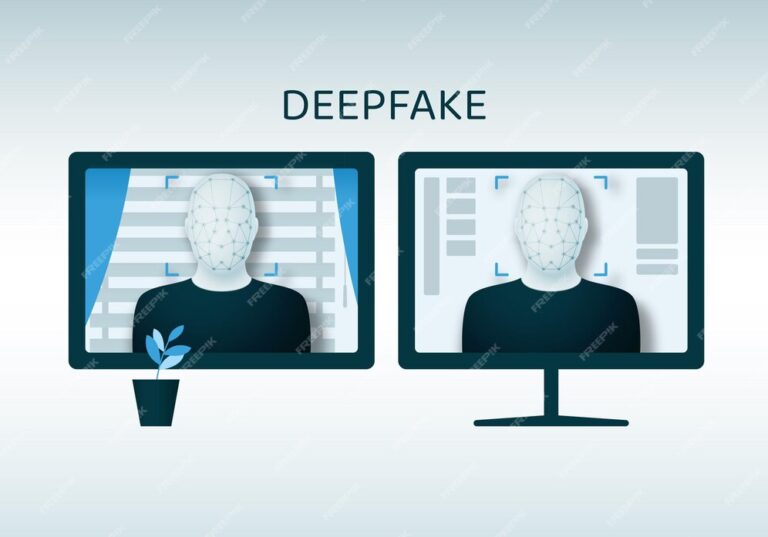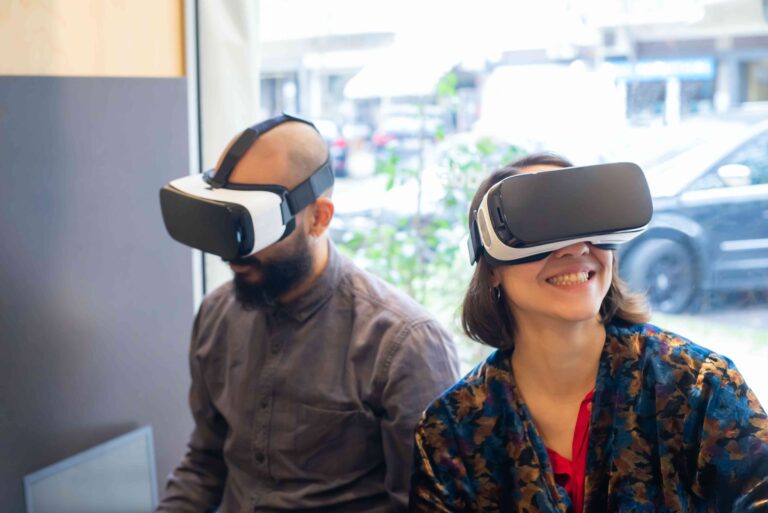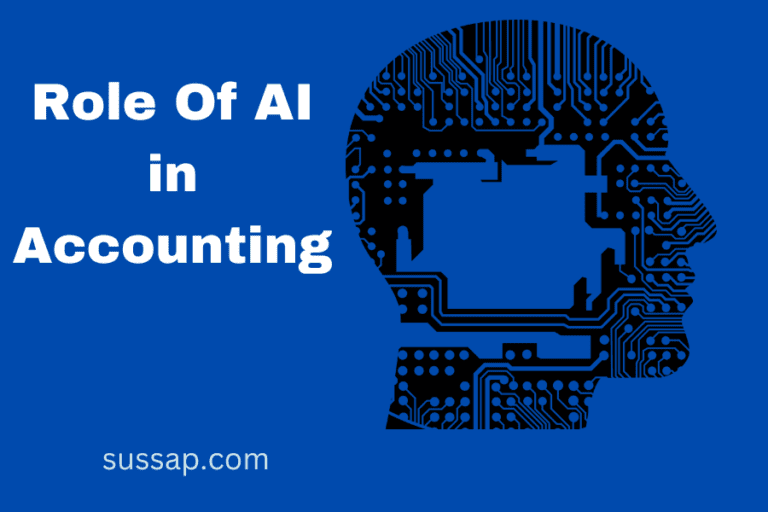The advent of large language models like GPT-3, Claude, and others has opened new possibilities for automatically generating written content. While this technology promises to boost productivity, it also raises thorny legal questions around copyright and ownership of AI-generated text.

What is AI-generated content?
AI-generated content refers to text, images, audio, or video that has been created by an artificial intelligence system rather than a human writer.
The most common form today is text generated by language models like GPT-3 or Claude which are trained on vast datasets of online text. They can produce high-quality, human-like writing on a wide range of topics.
Current Legal Ambiguity
Under U.S. copyright law, copyright subsists in creative works that are independently created by a human author and possess at least a modicum of creativity. The ambiguity lies in whether text produced by an AI meets these criteria.
Since AIs are programmed by developers and trained by human-generated datasets, there is reasonable debate about whether AI output can qualify as an independent creation or merely a derivative work.
Major AI systems also produce varying content based on the input prompts they receive. So it raises questions like:
- Who owns the copyright – the AI developer, the human prompt engineer, or neither party?
- Should AI-generated text be in the public domain by default?
Unfortunately, there are currently no definitive legal precedents in the U.S. or elsewhere to conclusively settle these issues.
Implications for Businesses Using AI Content Generation
The legal uncertainty has important ramifications for businesses looking to utilize AI for content production:
Risk of Copyright Infringement
Since AI models are trained on vast troves of online data, the content they output may unintentionally reproduce protected elements like quotes, distinctive phrasing, or passages from the training data. This raises the specter of potential copyright infringement.
Businesses need robust testing, monitoring, and scrubbing protocols to minimize this risk. Maintaining an ethical, legal content-generation process is advisable despite the lack of clear precedents thus far.
Questions Around Trademark Usage
Trademark law also intersects with AI content creation, especially when brand names are automatically referenced in the generated text. Businesses need to vet if such usage meets nominative and fair use standards or else obtain licenses.
Ownership Concerns
The ambiguity around legal ownership of AI-generated text will require prudent documentation. Businesses using AI tools should implement clear policies and user agreements stipulating creator and ownership rights over system outputs.
Emerging Case Law
In recent cases like the ‘monkey selfie’ lawsuit, PETA vs. Slater (2016), judges have thus far denied extending copyright ownership to non-humans. However, AI-authored works for which humans provided minimal input pose new challenges.
In a closely-watched 2021 case, a judge ruled that Stephen Thaler, creator of the imagination engine AI system, had no claim over patent rights for two items generated by the system – stating that the law does not allow inventions made by AI to be patented by humans.
Ongoing Policy Debates
Multiple stakeholders globally like governments, academics, tech leaders, and industry bodies are actively debating policies and doctrinal changes required for our legal systems to accommodate the growth of generative AI:
- The U.S. Patent and Trademark Office recently requested public comments to identify patent and copyright policy changes needed regarding AI-generated works.
- In the UK, an independent committee proposed introducing a new protection called “non-human authorship” for computer-generated works while allowing free use of smaller AI outputs.
- The World Intellectual Property Organization (WIPO) is undertaking a detailed analysis targeted at updating global IP policy frameworks.
So while current copyright law remains ambiguous on AI outputs, we can expect emerging case law, legislation, and treaties to progressively address these gaps.
Practical Measures for Businesses Utilizing AI Content Generation
Until clear legal guidance and precedents evolve, businesses leveraging generative AI should adopt prudent measures including:
- Rigorous testing of model outputs for uniqueness
- Robust attribution, citation, and data-scrubbing protocols
- Watermarking content files
- Avoid creating manipulated media (for instance, deep nudes media) without permission.
- Using metadata like hashes to evidence provenance
- Custom model architecture with human oversight encoded
- Clear user agreements asserting creation rights
- Seeking licenses or public domain sources where feasible
- Monitoring emerging legal rulings closely
The promise of AI to augment human creativity carries some thorny legal questions. However, prudent ethics and security protocols can help businesses unlock their possibilities while minimizing risks. The legal landscape for AI is still taking shape – but the doors to an AI-assisted future are open.
Related:





